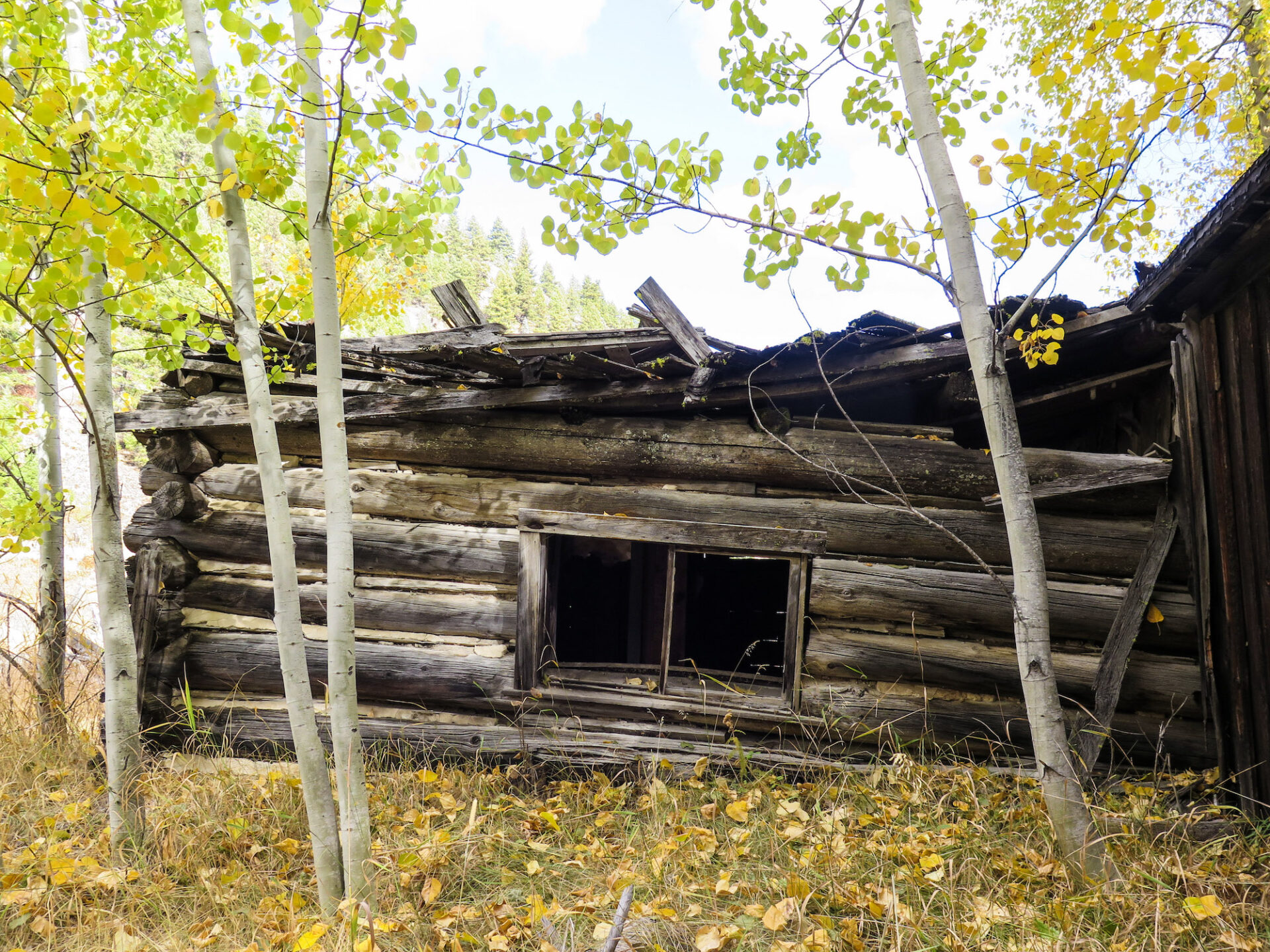If you do an online search for “Bodie Ghost Town”, you’ll likely find a lot of information about the more famous ghost town of Bodie in Mono County California. But did you know that Washington State also has a Bodie ghost town?
The Bodie ghost town in Washington is located on the east banks of Toroda Creek, 12 miles north of Wauconda in the far northeast corner of Okanogan County. If you’re a history geek, mining buff, or photographer, the particularly photogenic Bodie is well worth the long trek over to the Okanogan Highlands, especially during winter or fall.
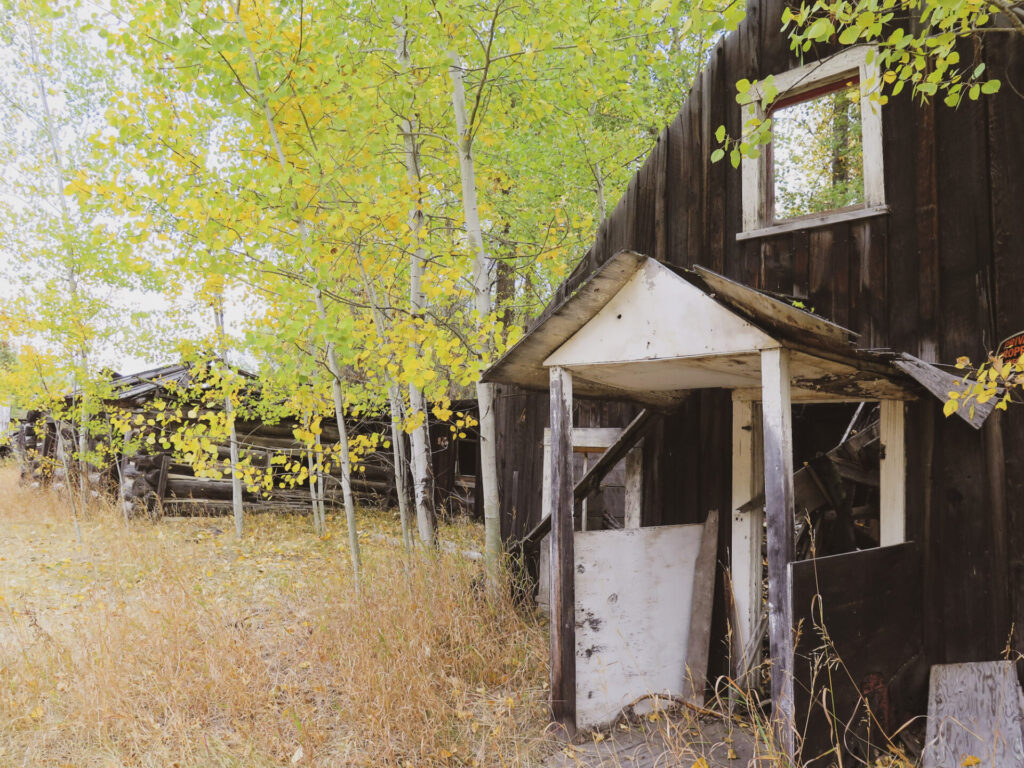
In 1884, prospector Henry DeWitz established a cabin in the boomtown of Toroda, located a few miles south of the current Bodie ghost town. When the Colville Reservation officially opened mining in the late 1890s, Henry quickly staked out claims. Though historical stories disagree, some say that Henry sold one of his mining claims to his brother Ben, who subsequently struck gold.
In 1897, Toroda, which contained a general store, restaurant, livery barn, blacksmith shop, and several homes, was relocated about four miles north near the gold mines and renamed Bodie, where the existing site remains today.
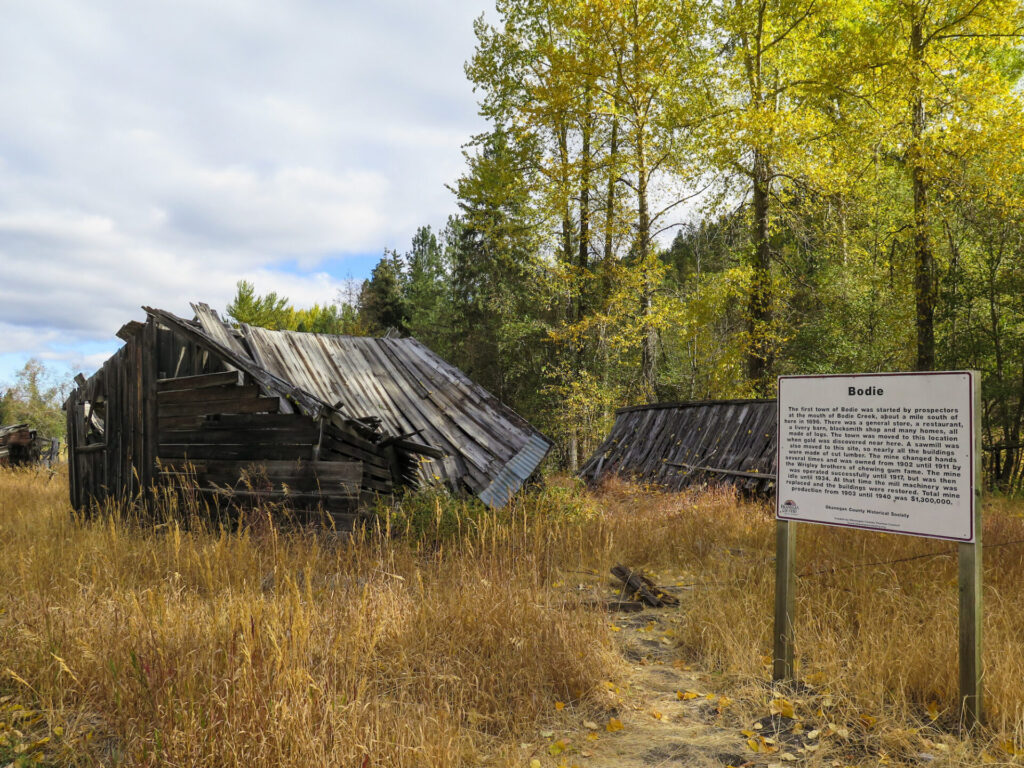
In 1902, the Bodie gold mine was sold to the Wrigley brothers for $80,000. Yes, the very same brothers of chewing gum and baseball fame. It’s said that Henry DeWitz was the profiting brother, but that isn’t without some mystery. The Wrigleys established the Bodie Mining Company and expanded development with a steam-powered ten-stamp reduction mill built under the leadership of Charles M. Fassett of Spokane. They operated the mine until 1911.
Several companies leased or purchased the Bodie Mine between 1916 and 1922 but no production occurred due to war conditions and declining gold values. In 1934 amidst rising gold prices, the mine was again reopened under the ownership of Northern Gold Corporation. The mill was rebuilt in 1935 and throughput increased to 70 tons per day. Northern’s operations employed as many as 40 miners and mill men who worked three shifts per day.
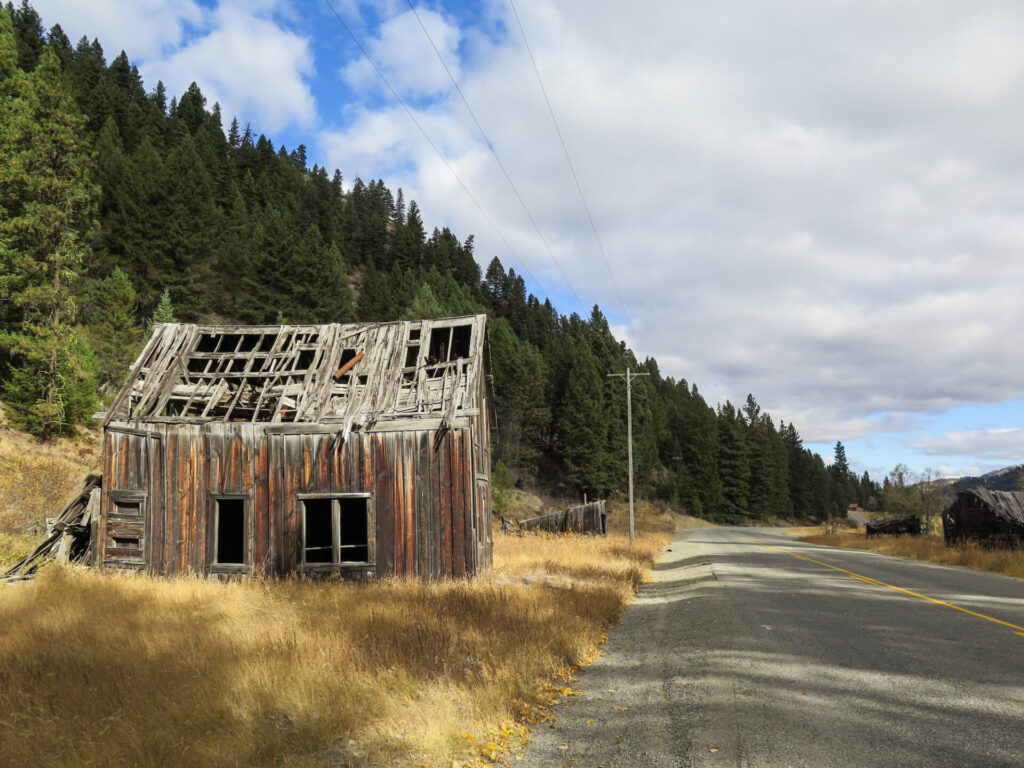
Mining again ceased in 1941 when the War Production Board issued a government order closing non-essential industries during World War II. In 1970, Bodie’s five patented claims were purchased by the Geo-Mineral Exploration Company, who still owns the claims today.
A fire in 1962 destroyed much of the working mine’s infrastructure and mill but many structures from the deserted town remain along both the west and east sides of Toroda Creek Road. The rest of the Bodie property is private and marked as such. Entry or visitation of the mines is prohibited without permission.
Between 1903 and 1940, the Bodie mine produced an estimated $1,300,000 in gold.
It’s hard not to spend several hours at Bodie wondering what it must have been like during the gold rush of the late 1800s. Who walked through those doors? Who looked through those windows? It’s the kind of place that’ll transport you back in time and if you listen quietly you can almost hear the ghosts of its history.
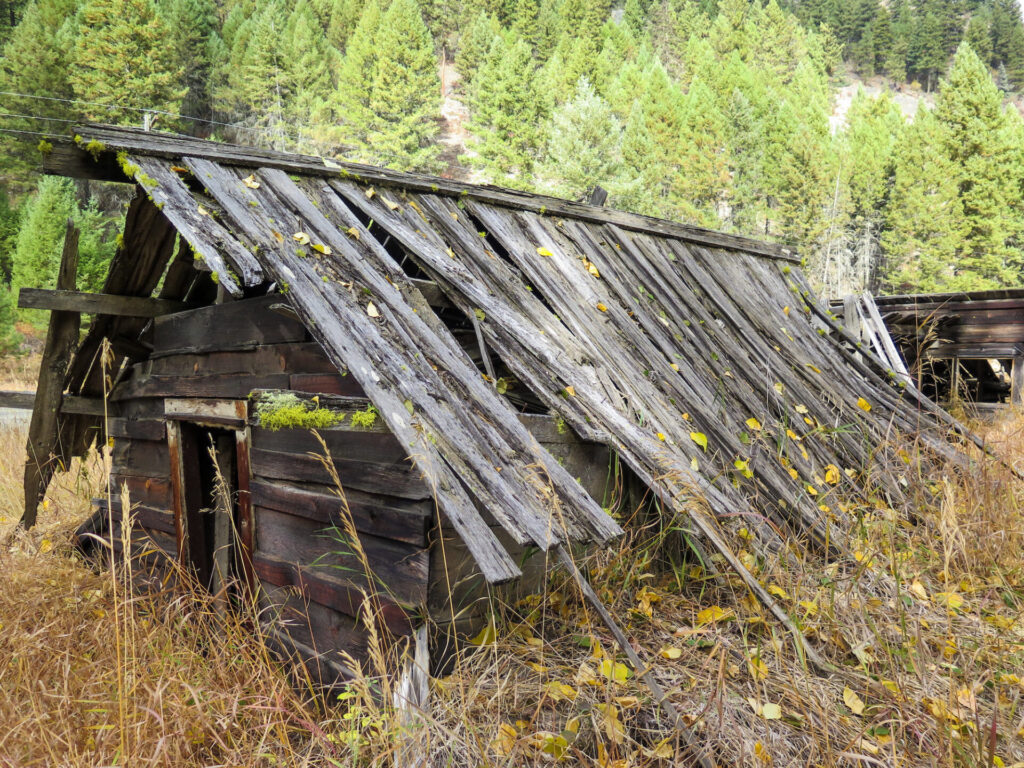
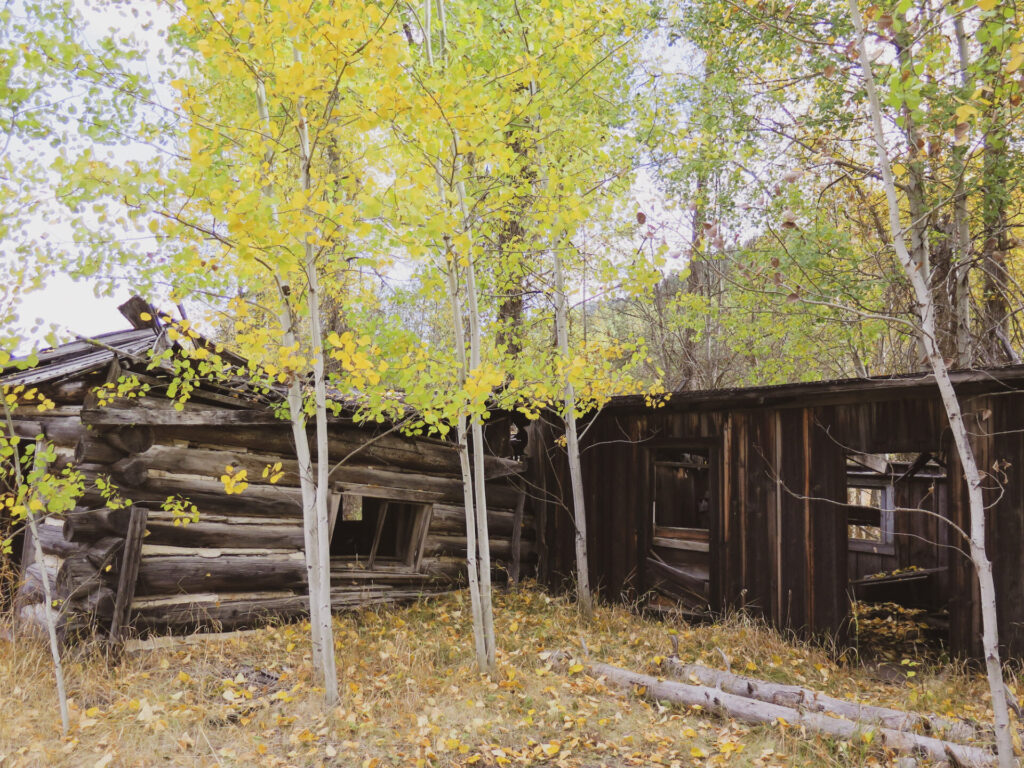
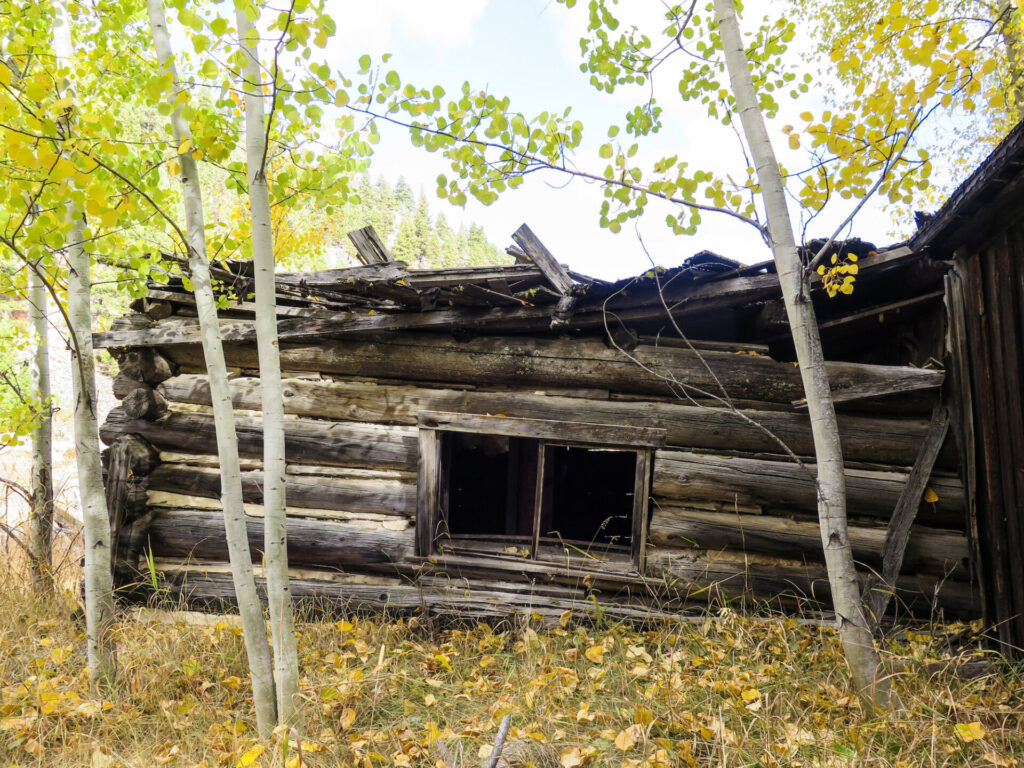
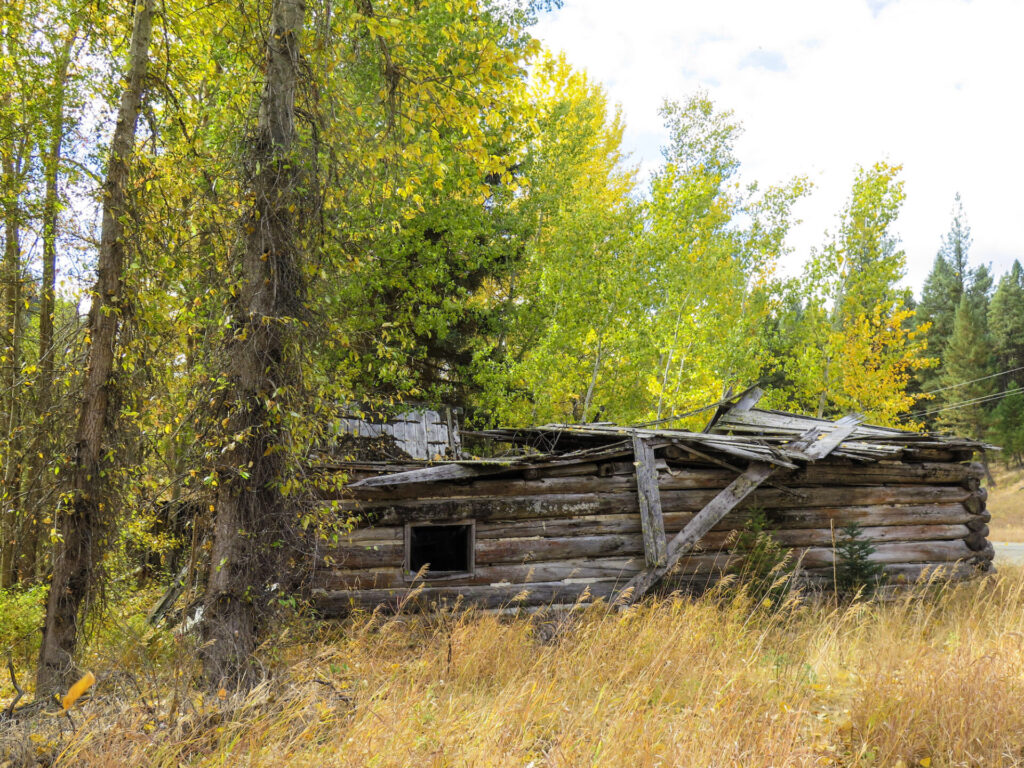
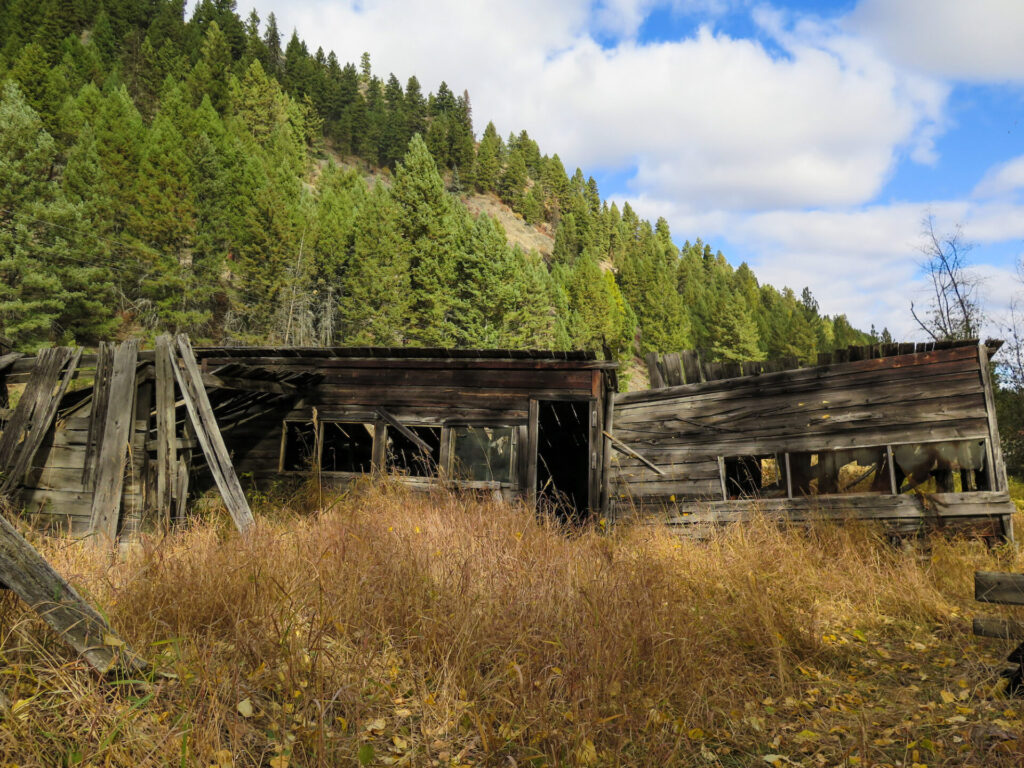
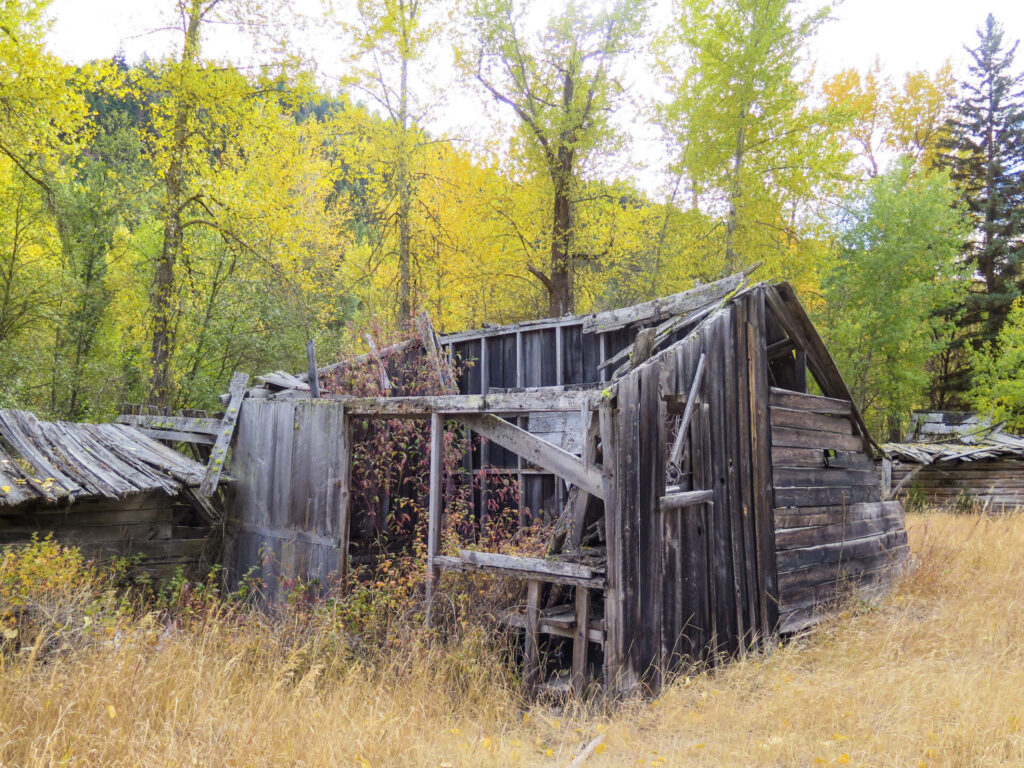
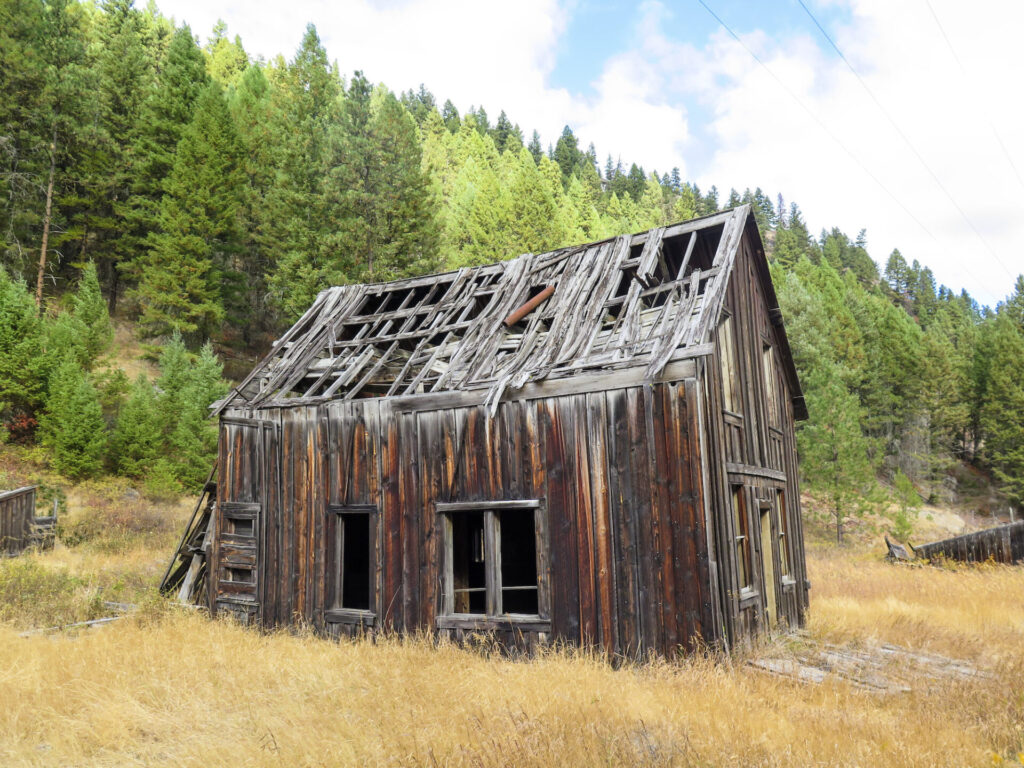
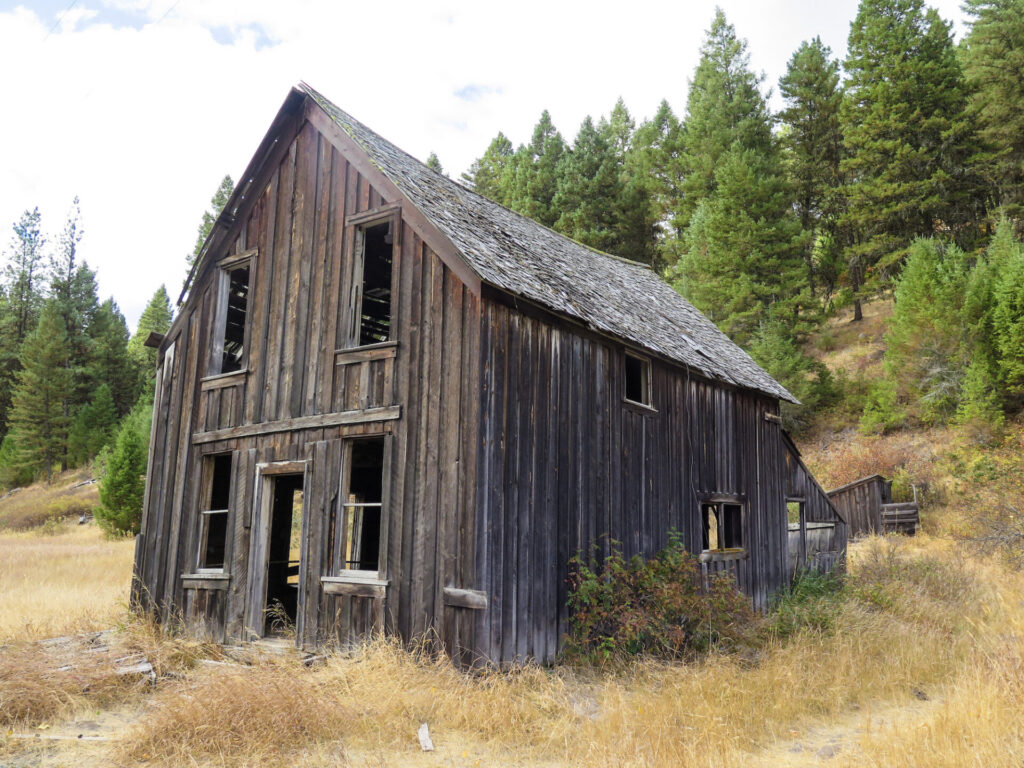
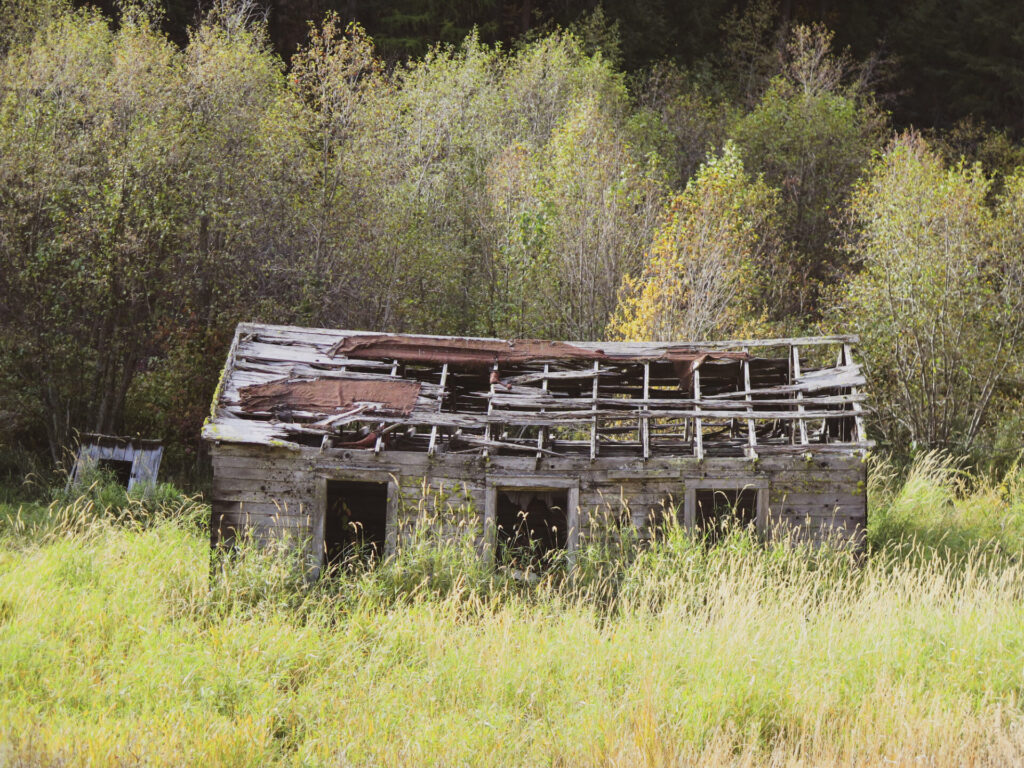
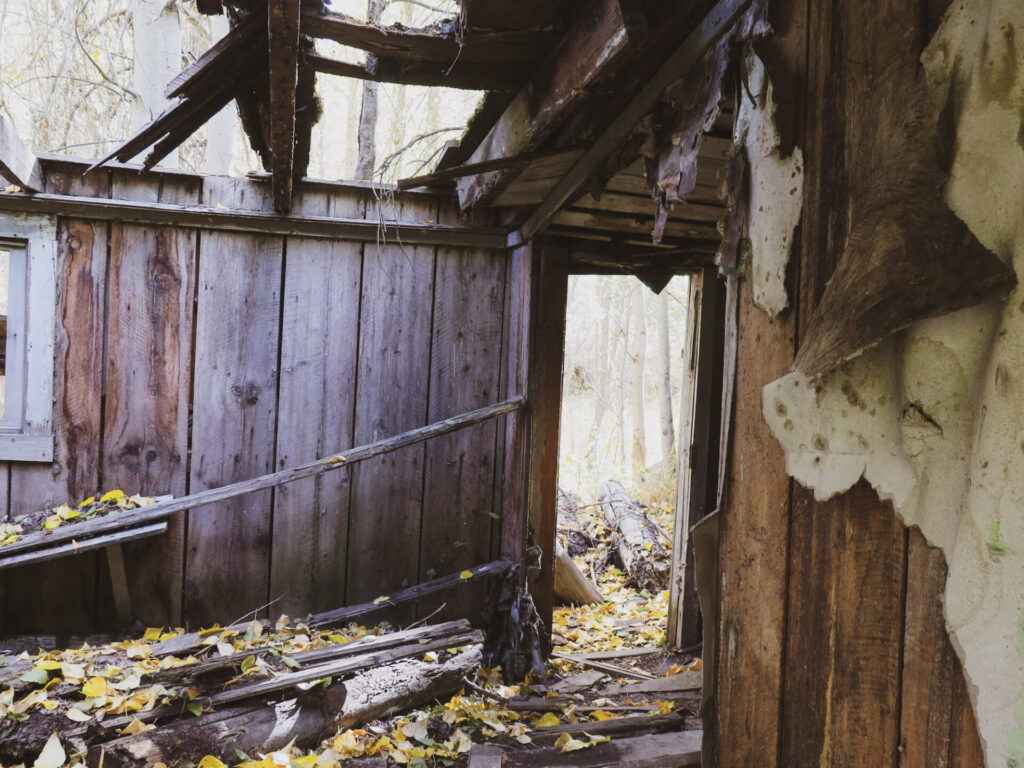
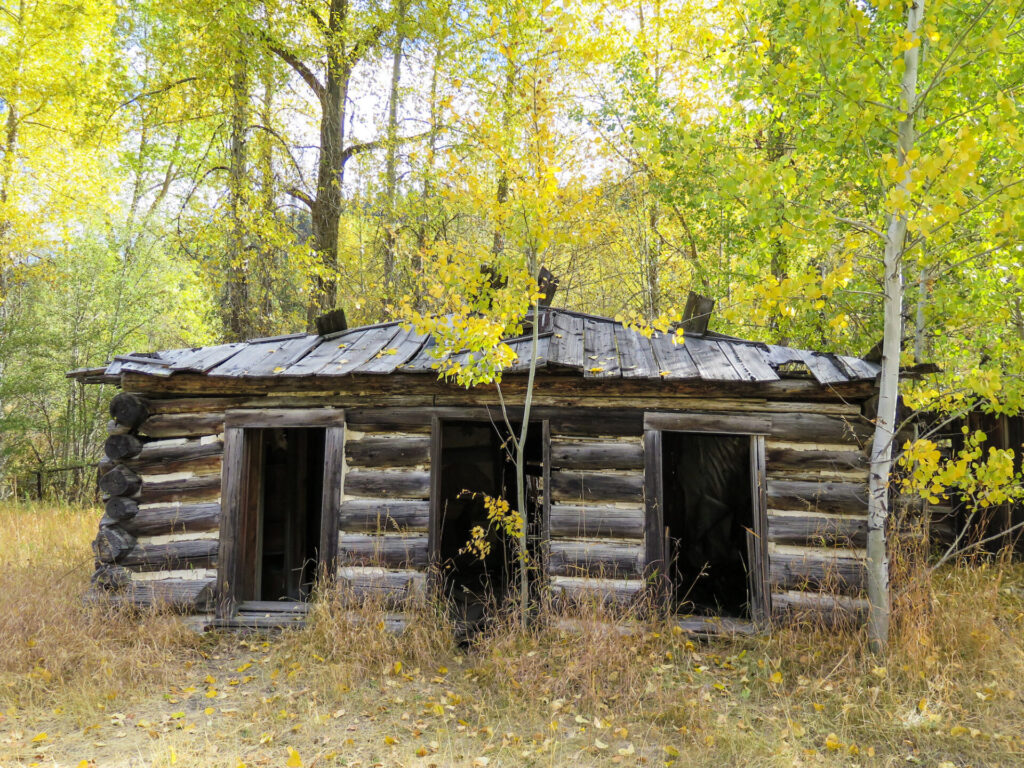
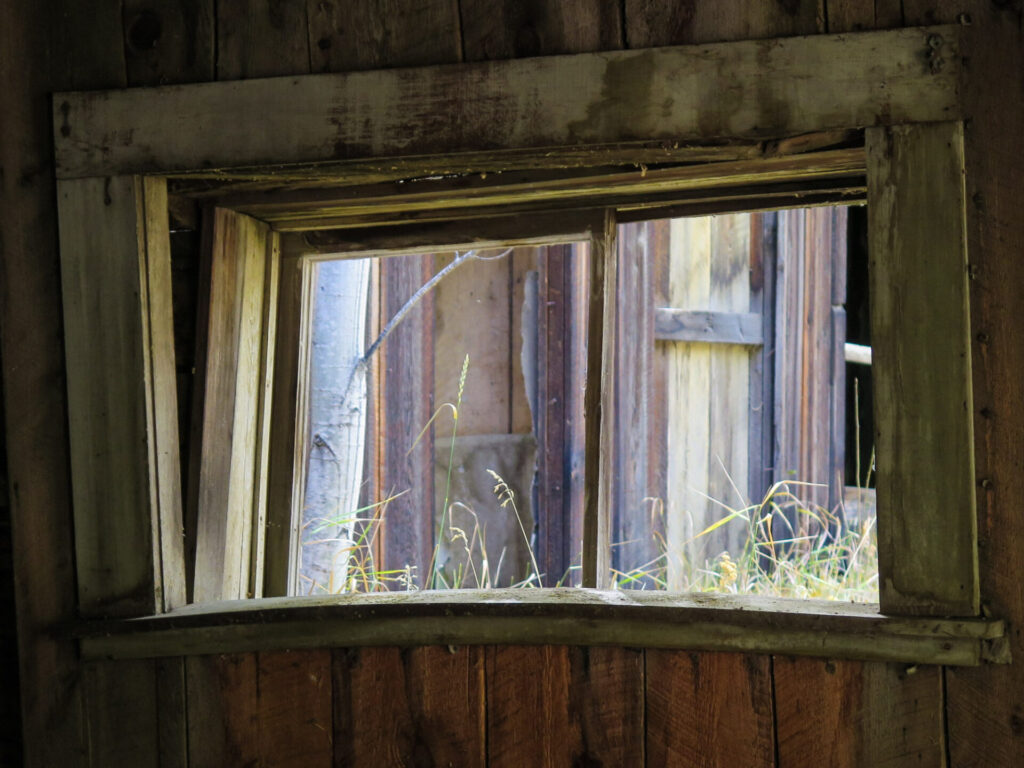
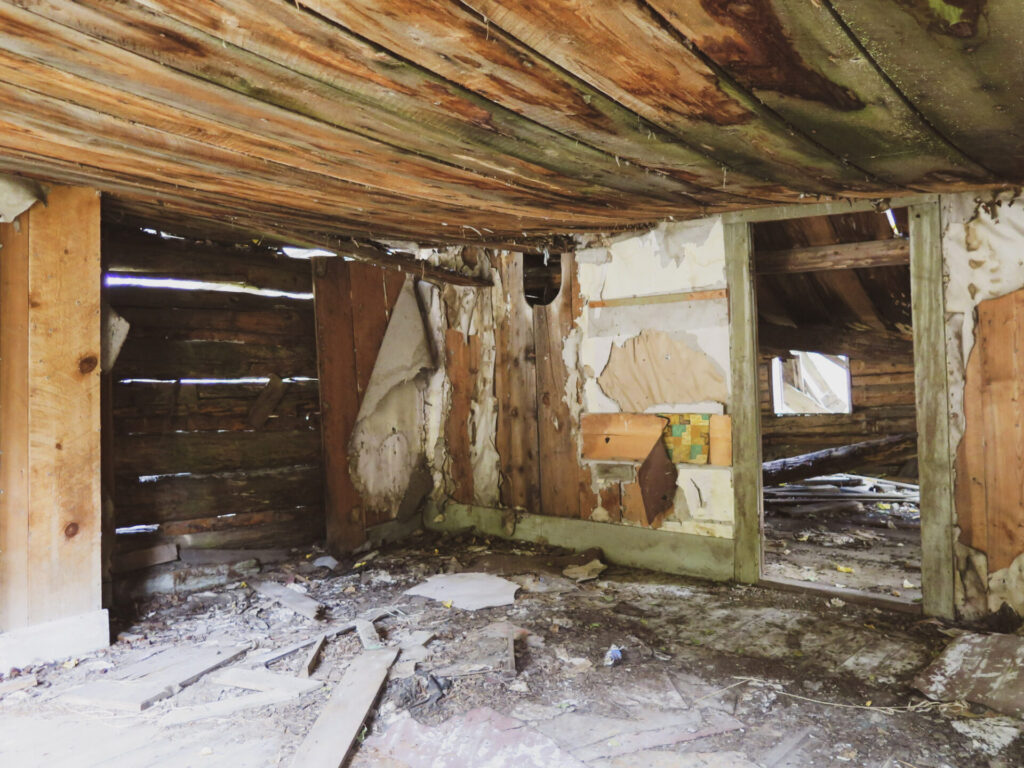
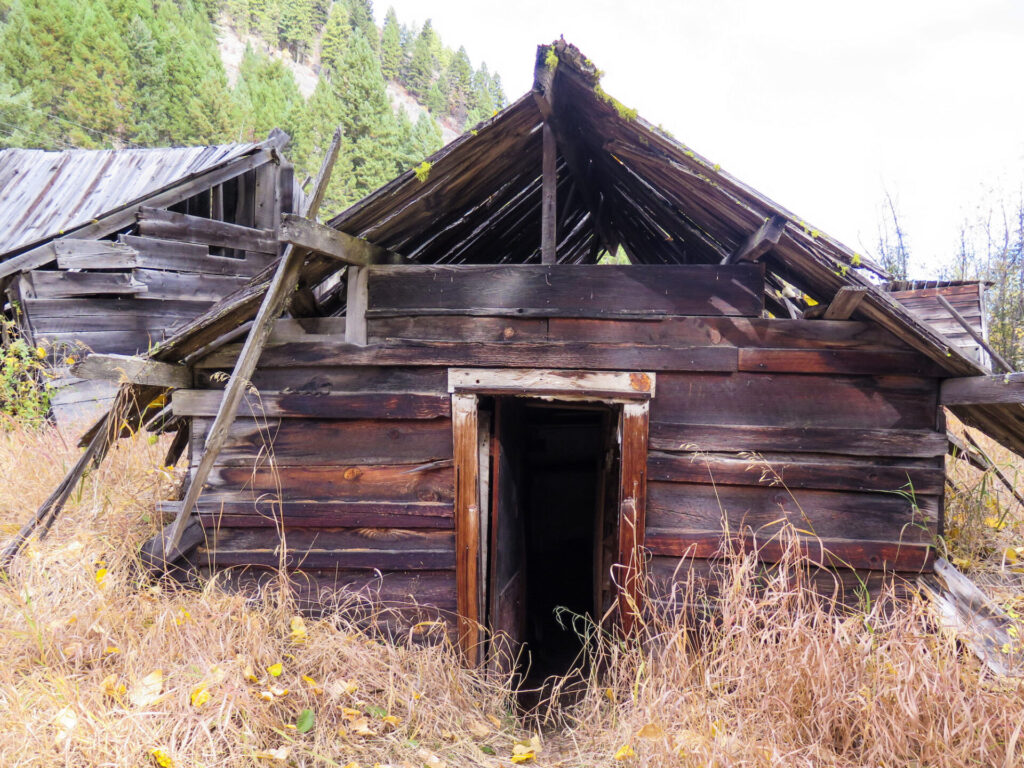
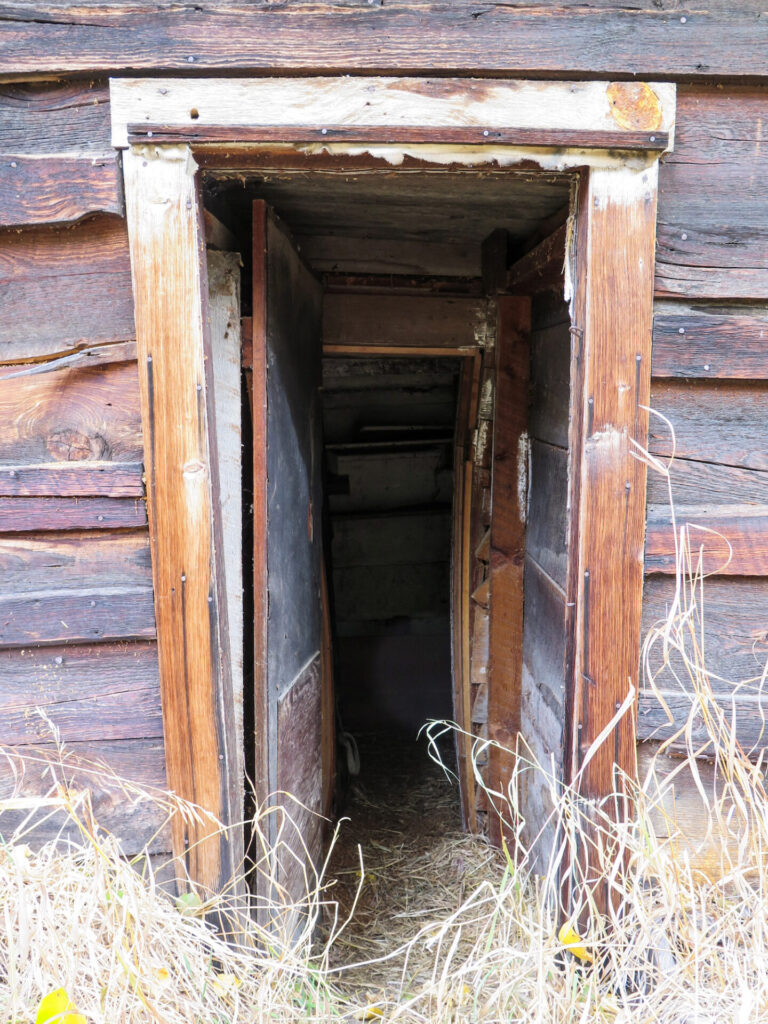
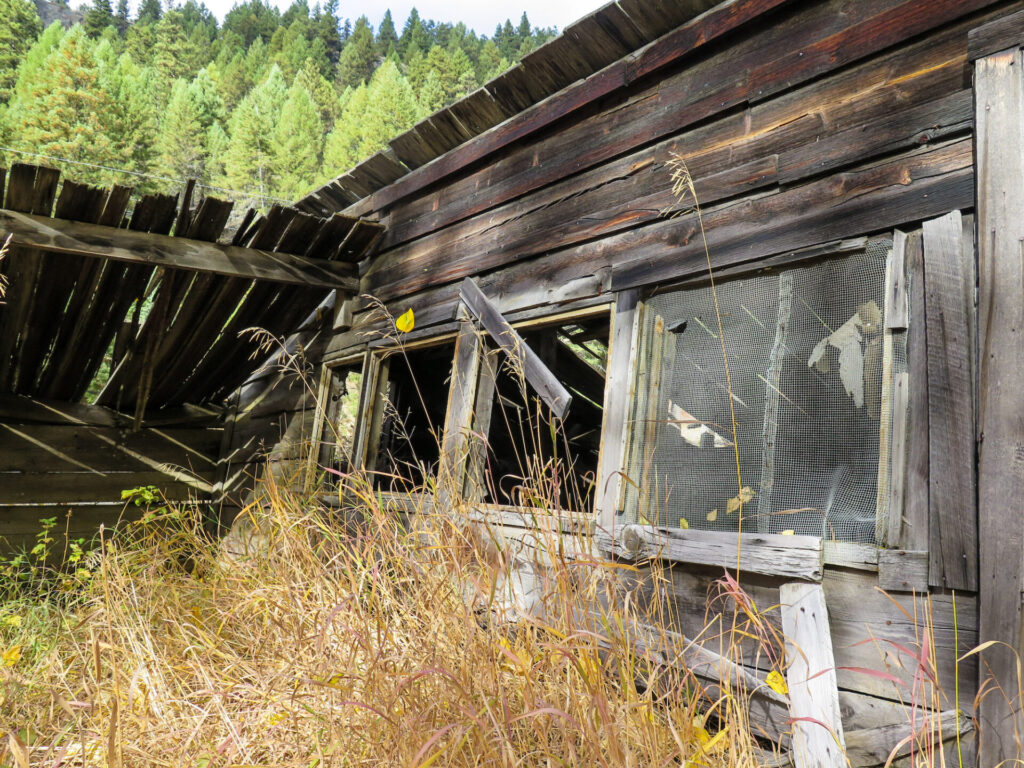
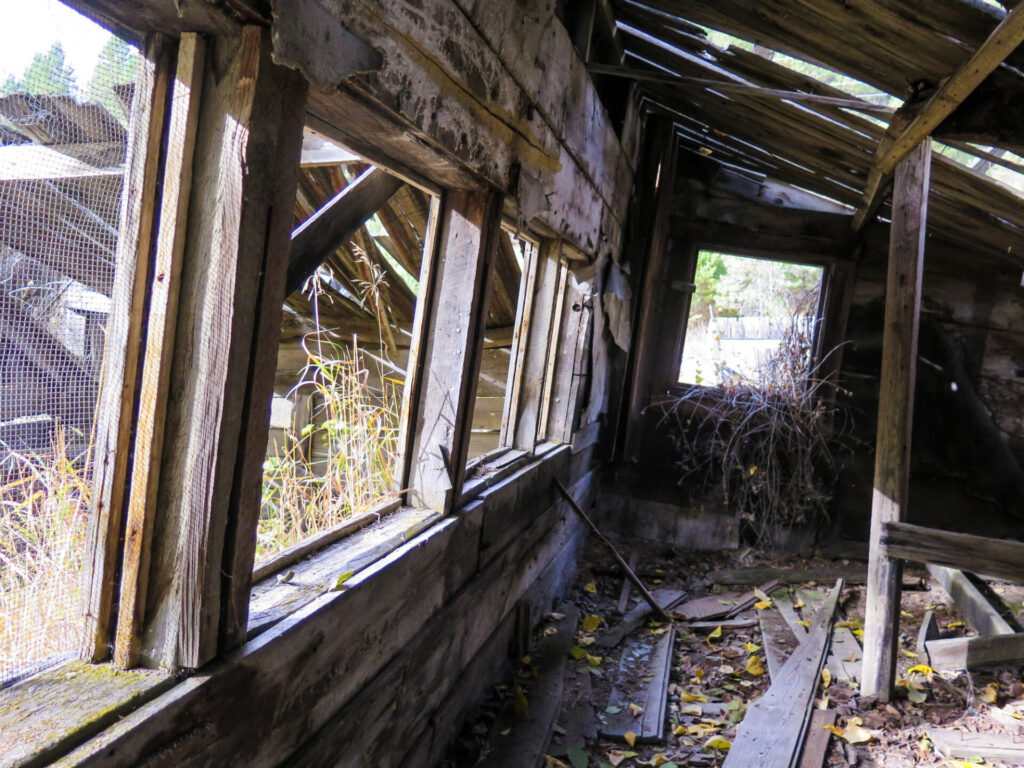
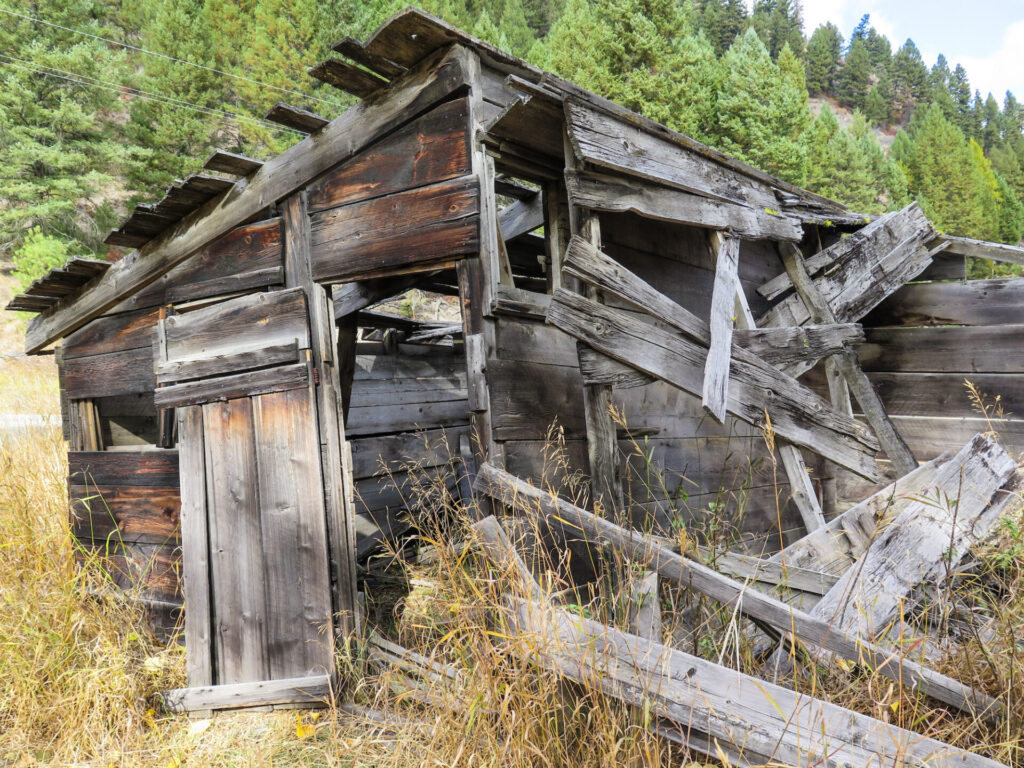
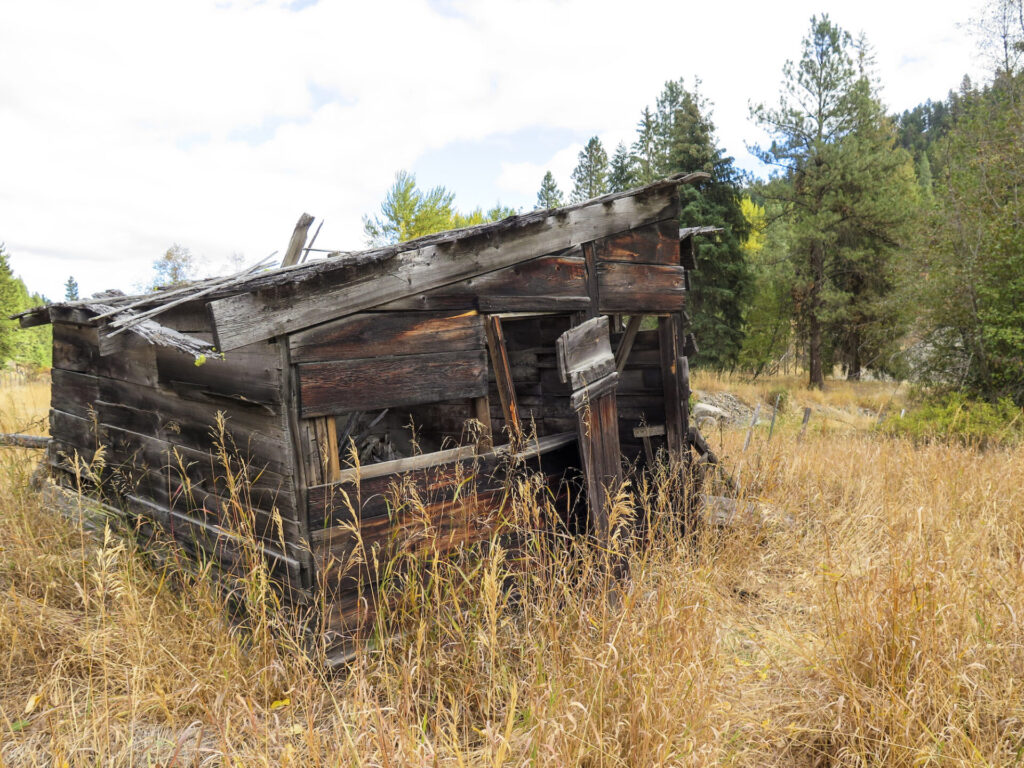
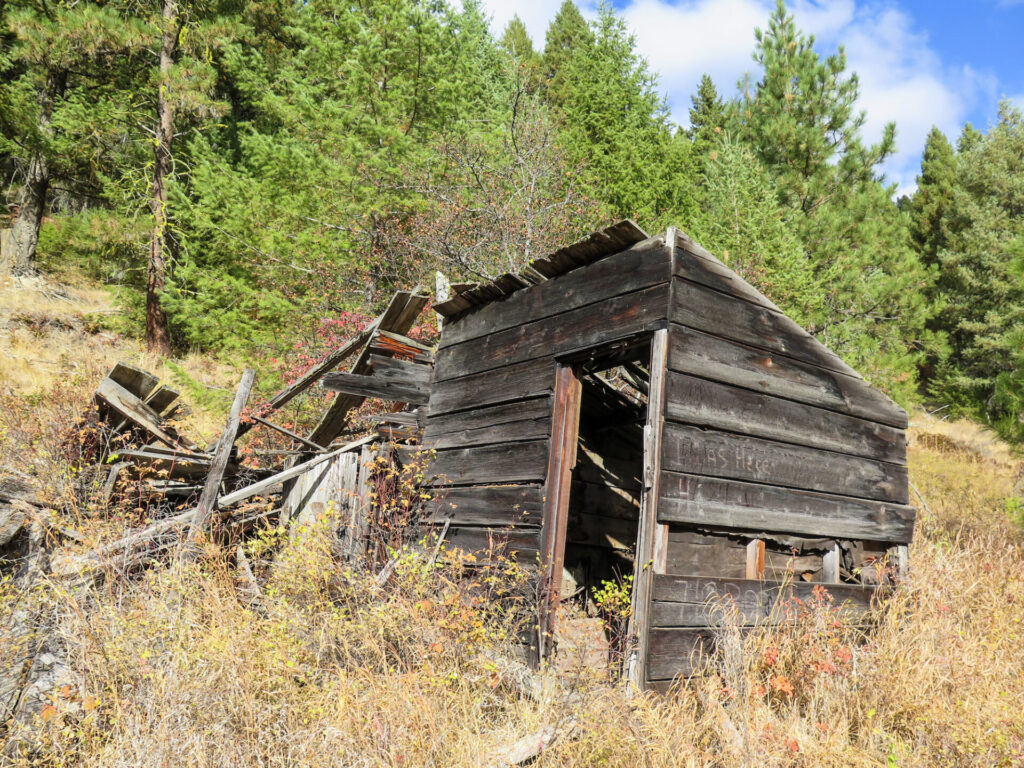
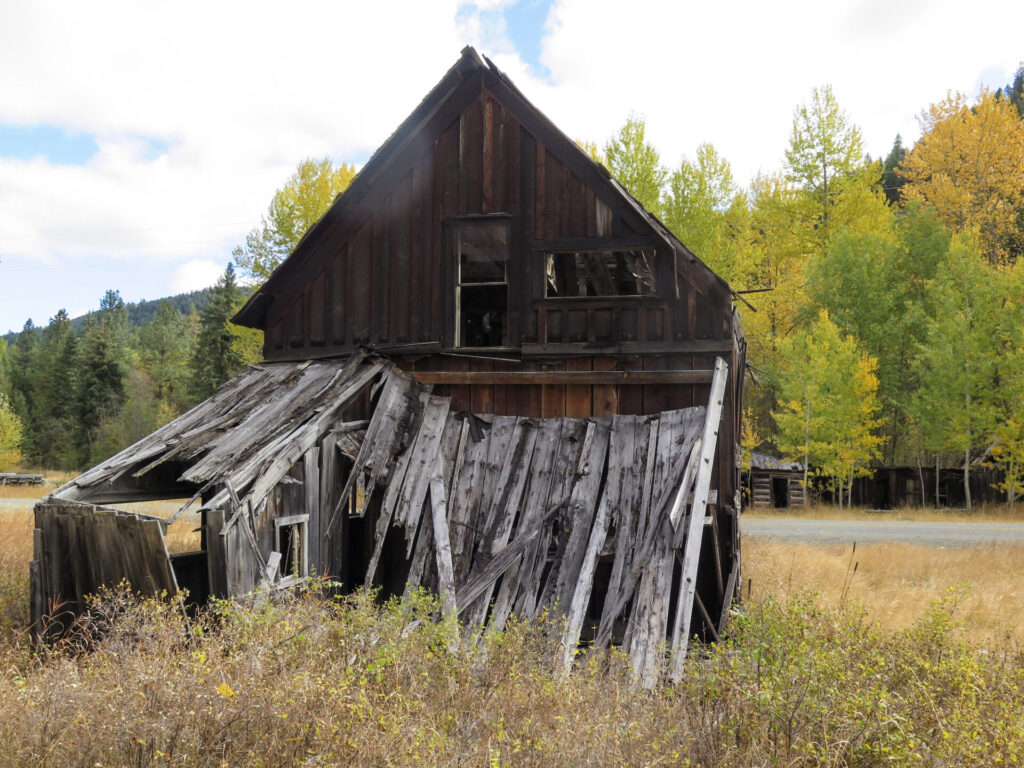
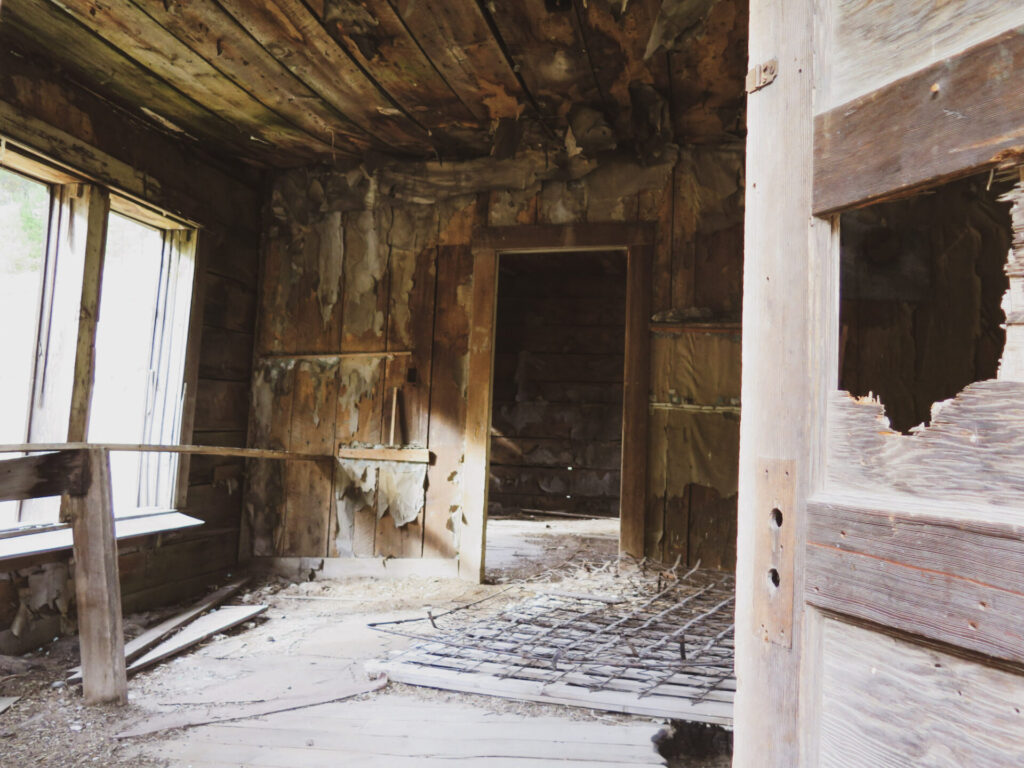
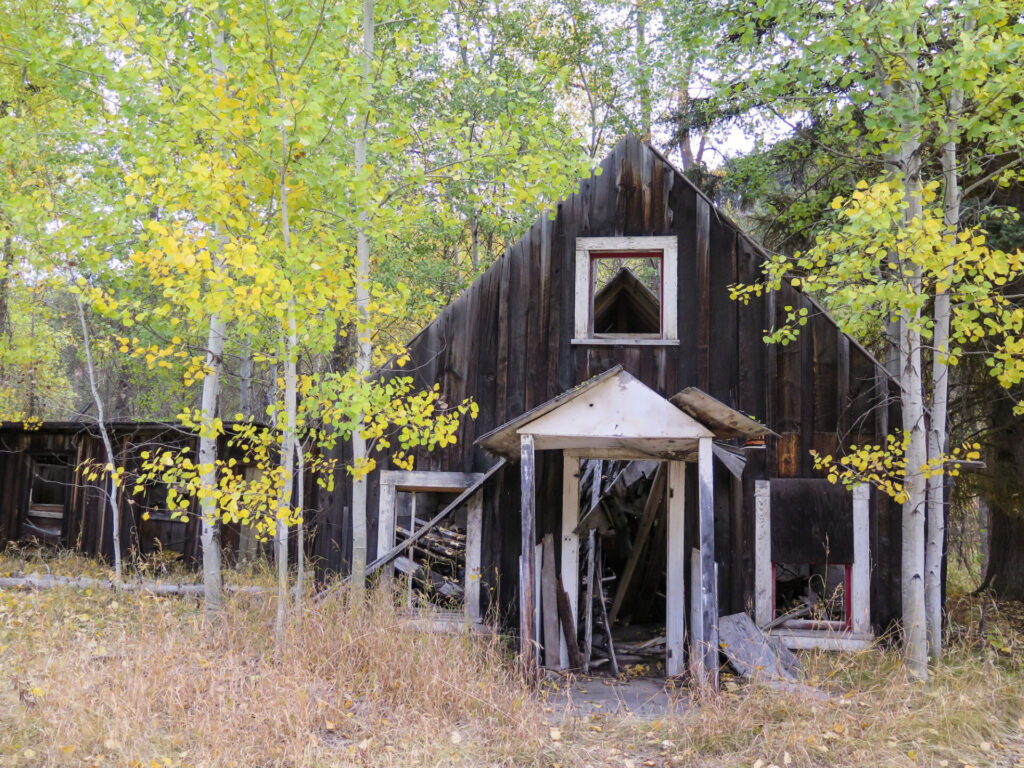
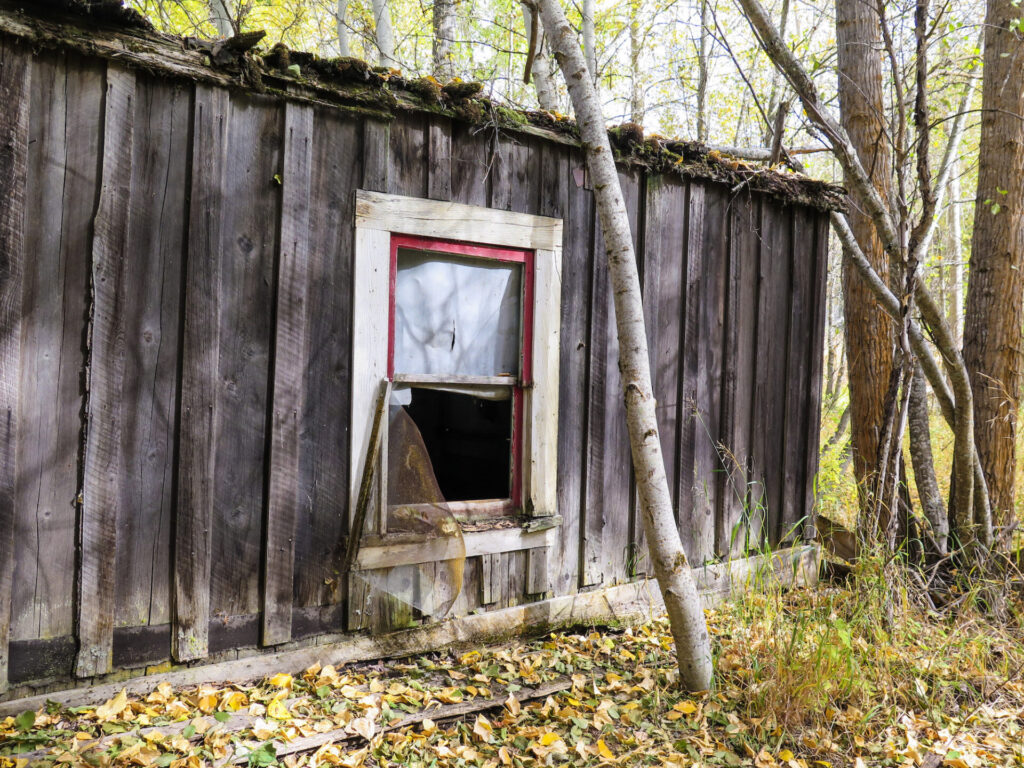
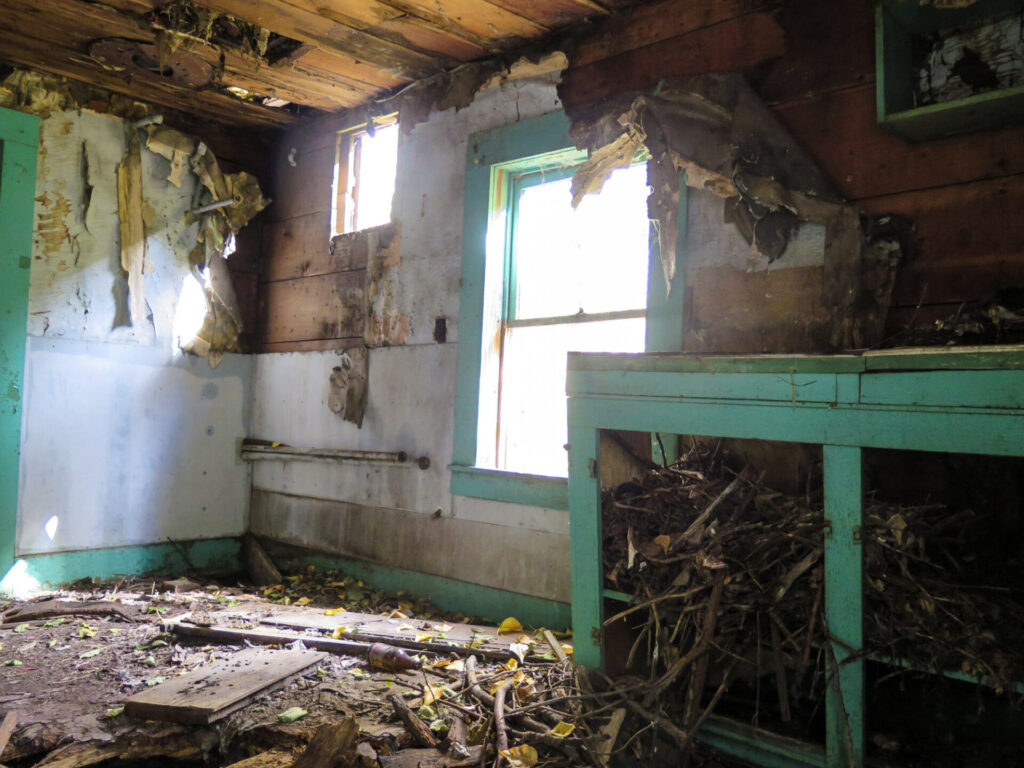
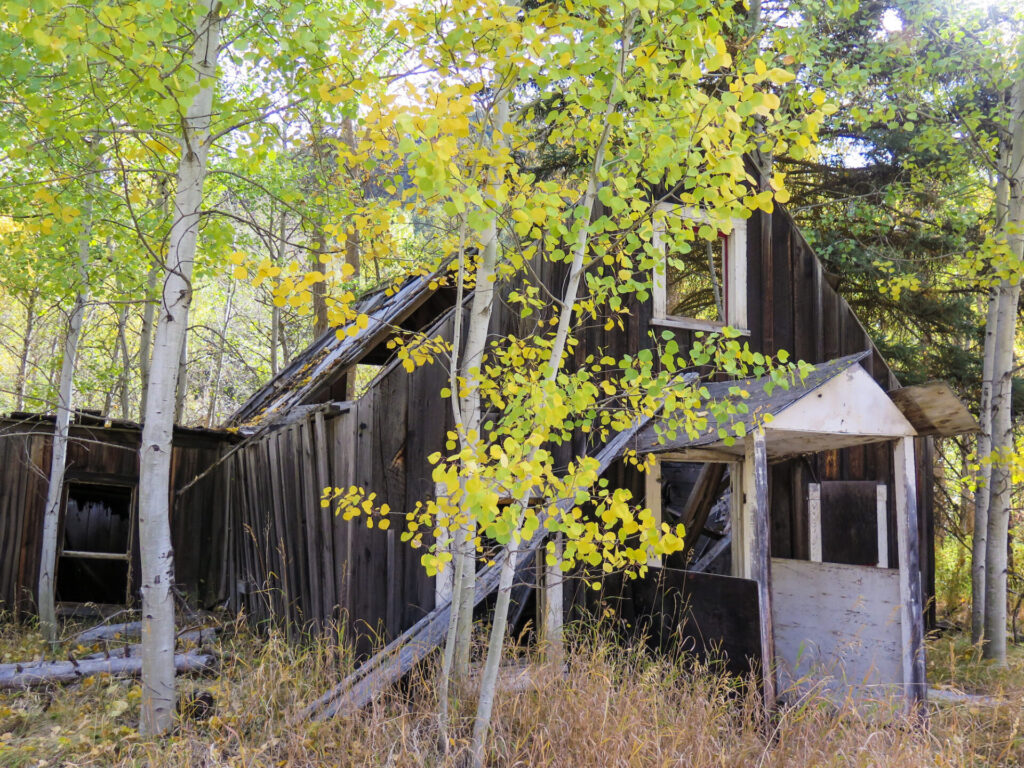
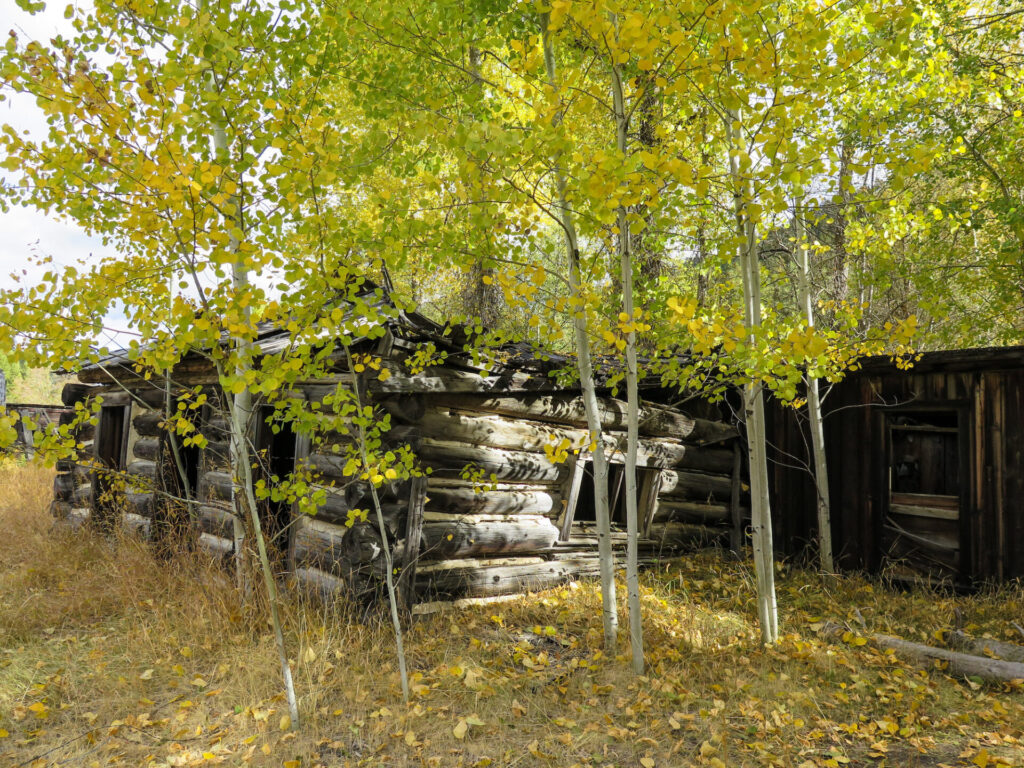
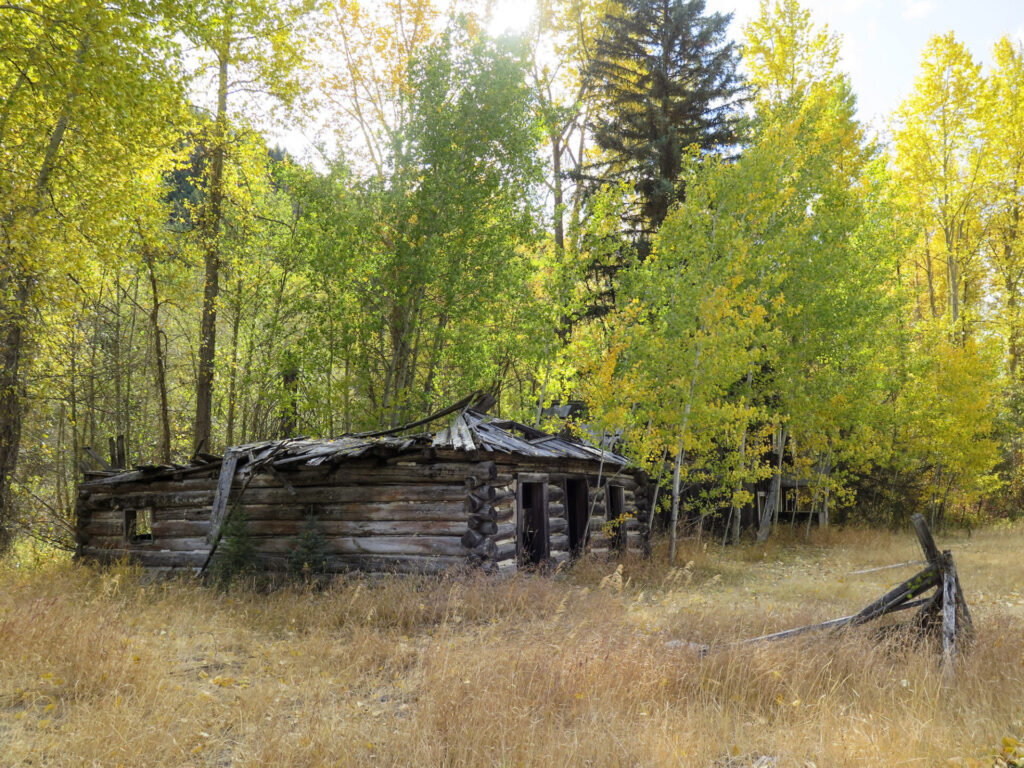
Visiting Bodie.
From the town of Wauconda on Highway 20, Bodie is located about 12 miles north on Toroda Creek Road, approximately 17 miles south of the Canadian border.
Don’t let the long drive deter you, the area is full of recreation and history. The beautiful Kettle River Mountains are nearby and Mount Bonaparte Lookout and Bonaparte Lake offer opportunities for hiking, fishing, hunting, and cross country skiing and snowshoeing in the winter. The Bonaparte Lake Resort is a fantastic local spot offering accommodations and delicious food, especially their pie!
The small friendly town of Republic to the south has restaurants, accommodations, and a brew pub as well as interesting history and nearby Sherman Pass offers up more recreation.
A trip to Bodie can also easily be combined with stops at other Okanogan ghost towns like Molson, Nighthawk, and Chesaw.
